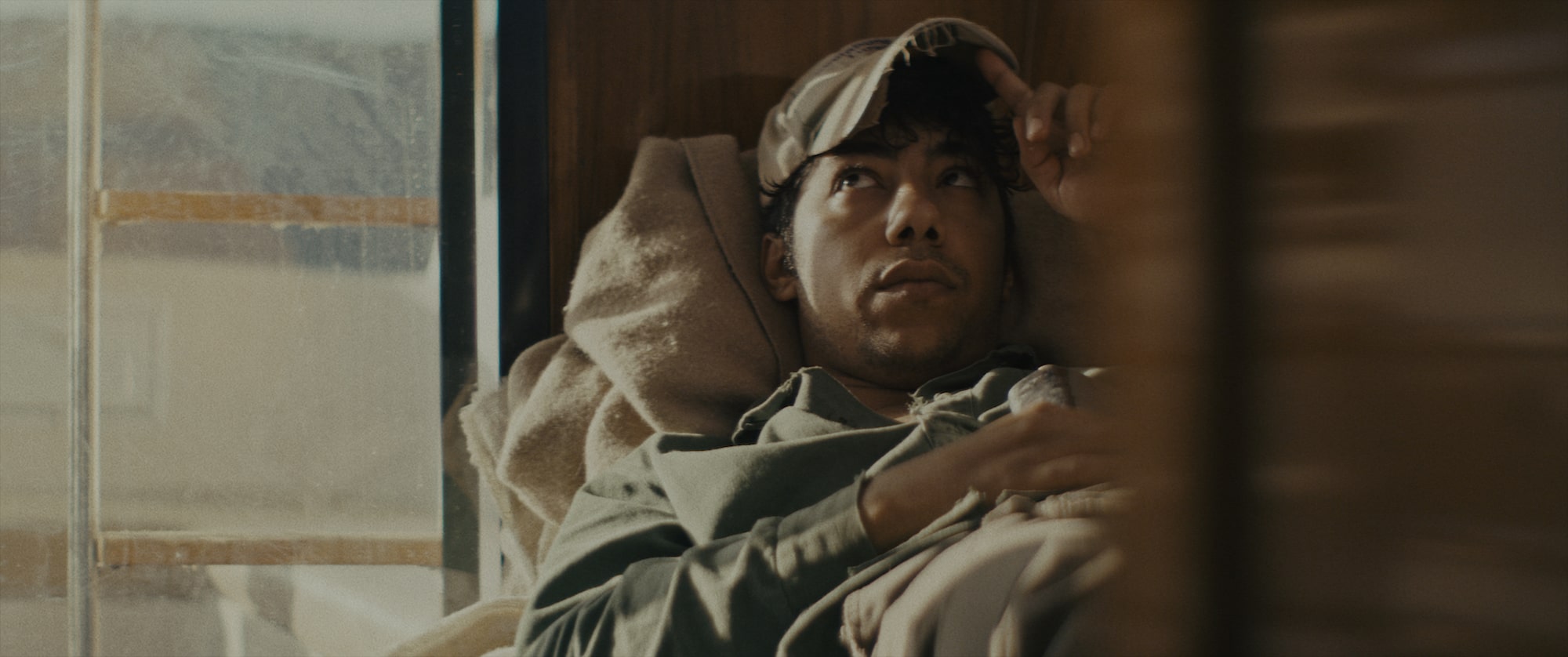
If the landscape could speak, what would it say? One could imagine, given all that man does to the natural world, the landscape wouldn’t have anything pleasant to convey. In the meantime, perhaps ancient spirits linger, ready to take their revenge upon people seeking to benefit from it. That’s the conflict at the heart of Australian Director Rhys Day’s spectral short Strange Country, which imagines ancient spirits working in tandem with Aboriginal people to trick visitors to their doom. Shot with respect and a love of nature, utilising moody landscapes filled with fog and rain, and featuring overlapping voiceovers and a truly immersive sense of sound and music, this haunting film urges us to rethink our relationship with nature, especially with regard to the climate crisis. We invited Day to join us for a chat about growing up in a remote, tropical part of Australia, the need for personal responses to global warming, and the challenges the crew faced in shooting in remote areas.
So you grew up near Cairns, in Northern Australia, in a tropical area. I’d love to know a bit more about growing up there and how it inspired your film.
The first thing that’s beautiful about growing up there is that it’s unique and localised to wonderful culture. You don’t have the flood of what’s happening everywhere else. Now, that’s probably what most kids hate most about growing up there. For me, I never knew anything about the world and was very happy with the creeks, streams and animals that inhabited these areas. Being closed off from the rest of the world enabled me to be quite happy. We think that we’ve got a problem with all the socials now, comparing ourselves to other people, and I think it really weighs on people.
You still had things that would challenge you, but they were more immediate and felt a lot more natural. Something inside of you could deal with outdoor environments and with threats in nature. My upbringing felt very natural because there was nothing artificial about it and there weren’t many influences outside of this environment. That’s really why a lot of my work takes from this upbringing. I didn’t really understand what was going on in the material world until I moved to the city to study.
We have to have individual responses otherwise we’re not going to be personally responsible as individuals.
These stories of spirits come from the Aboriginal people. Was there more interaction between white Australians and Aboriginal people where you grew up?
I can only speak from my experience; it definitely isn’t another Australian’s. Where I grew up, there wasn’t even another town nearby, so it was quite isolated, so everyone was a mate. It didn’t matter what you looked like or where you were from. If you ran into another person they were a friend immediately. You’d just say, do you want to come fishing next weekend? I really cherish that as well, because it felt genuine. And on these fishing trips and camping trips, you’re telling bad jokes and trying to scare each other. For a laugh of course.

The allegory of colonialism is tied to deeper fears of climate change. Was this a concern that you always had in mind while making Strange Country?
Absolutely. There’s a lot that’s been said about it. I feel it’s important to not continually go over the well-tread footsteps. We have to have individual responses otherwise we’re not going to be personally responsible as individuals. My imagination took me to this world outside the city where the possibilities were greater. There are a lot more unknowns. And it’s this ancient world that I felt would be the type of place that would have defence mechanisms against people that were going to harm it. Same as any other plant or living thing, animal or fish in nature. I still believe that the world isn’t just sitting down. There has to be something inside the world that’s going to push back.
I imagined it in this short like a rare flower in the rainforest. A bright thing with nectar in the centre that attracts all these insects. The insects come to the flower, drink from the nectar then realise it was a trap. In my mind, there must be places in Australia like this. They lure people in, through greed or want for something; give it to them of course, but they would never leave. They would be devoured by the land. I want to empower this world.
For me, there was always a question of how humans would interact with the land and how the land would have these particular people that would co-exist with them and would benefit from the protection of the land. And in this case, in Strange Country, the Trickster has a symbiotic relationship where he guides people to these spots and allows their own greed to devour them.


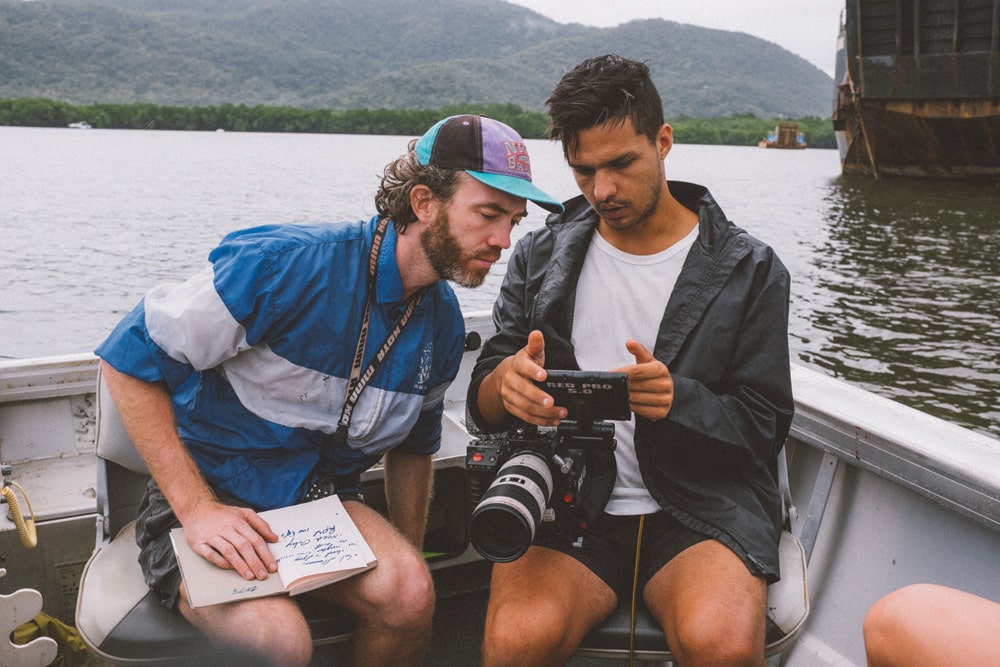
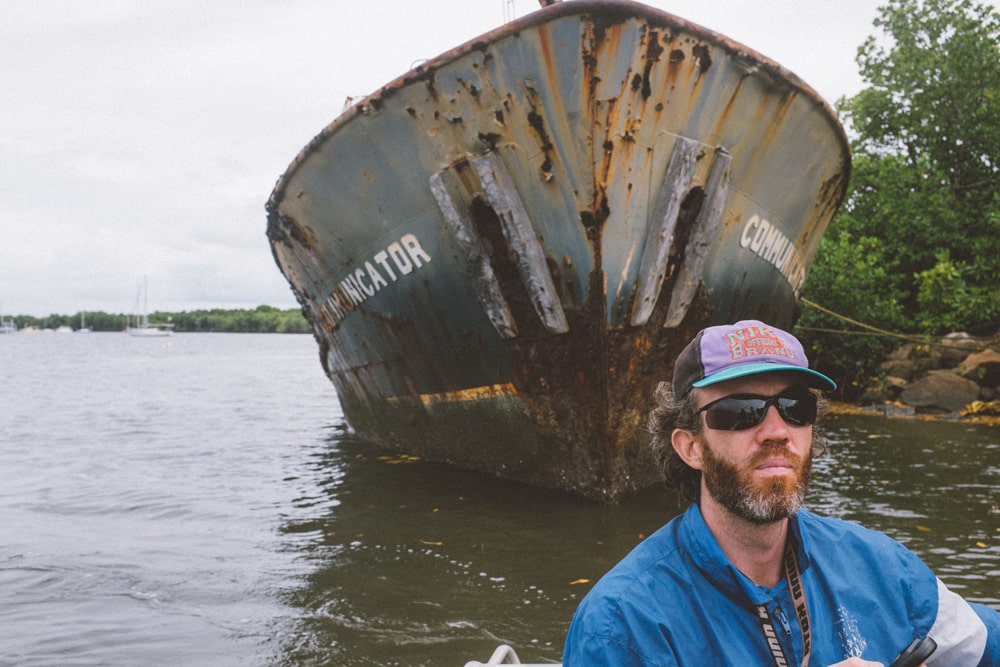
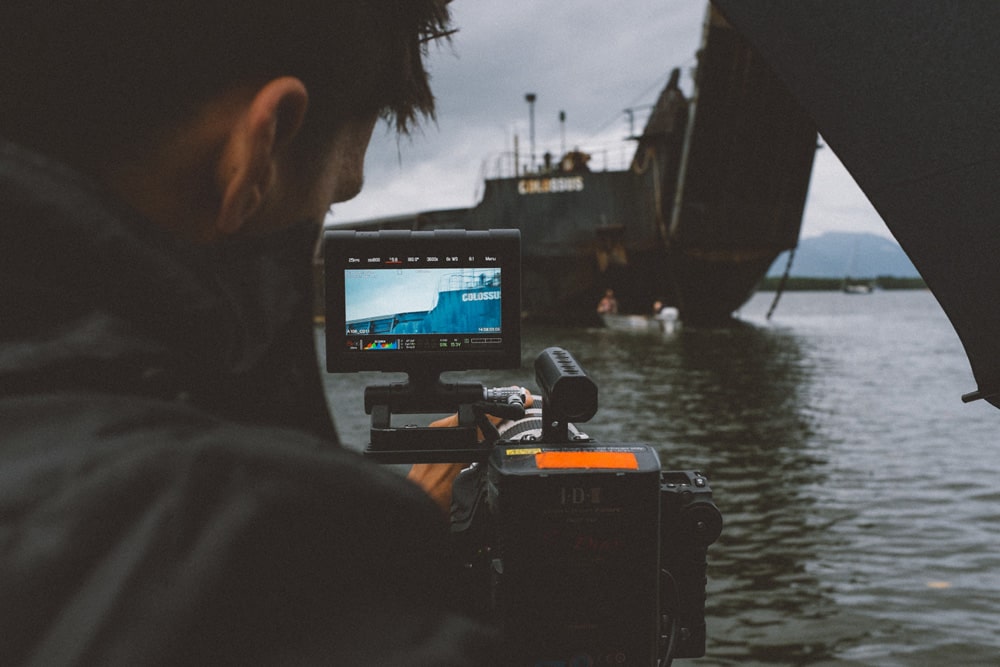
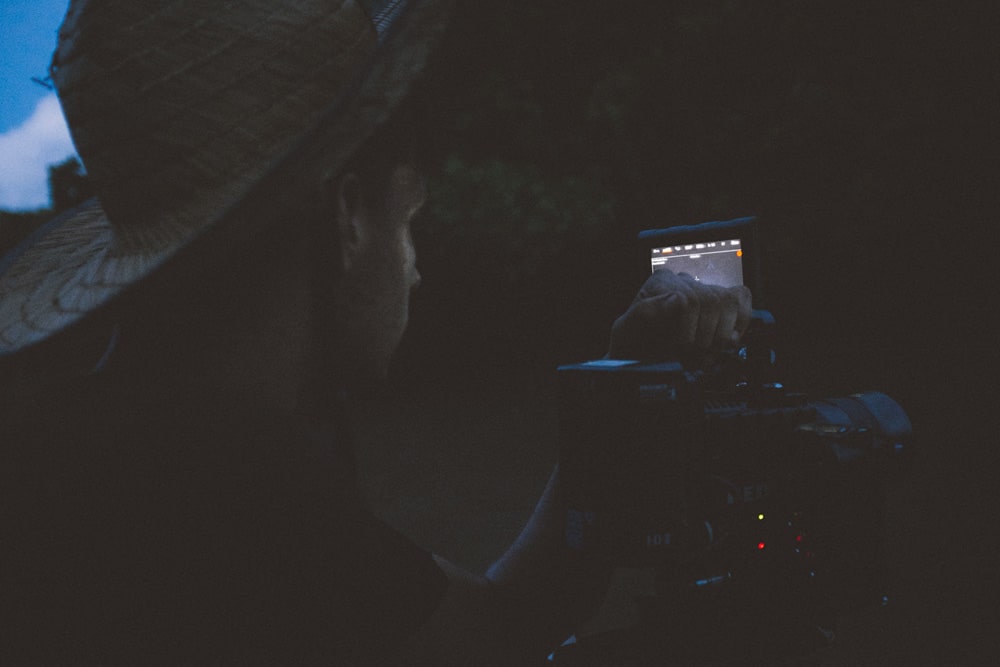
What was the location scouting like? Was it a challenge to find the right kind of landscape?
For a start when we’re shooting something this big, there are crews, logistics, cars and schedules. It all had to be taken into consideration. So we kept it local-ish to Sydney and couldn’t go to the furthest reaches of the north, as wonderful as that would have been. We did encounter a fair bit of bad weather along the way which makes fantastic images but proved very difficult for the cast and crew. Even though we’re in Sydney we still didn’t want to show too much of civilisation. So figuring it out was definitely a jigsaw puzzle and it definitely created a strain on everyone working on it, but it absolutely shows in the finished piece. The weather and dramatic elements are on film now. Creating a safe environment is first, but after that I like pitting myself against adversity to create something worthwhile like this.
I think the music and sound design really help to add to the tone of the film. What was it like working on those two elements?
I have to say, the sound and soundtrack was a very exciting process for me. I talked to the sound designer and we decided that foley would be the best approach and that we would have an original score made. It was difficult and took a long time but we had the whole forest in the sound studio. We went out and got leaves and branches and put them all in and miked them all up and walked over them. We created the whole soundscape in post and I was just thrilled the whole time because you couldn’t ever imagine having the chance to do it yourself.

The soundtrack was much the same. Emma Greenhill is an extraordinary talent. Luckily for us, she had the time to dedicate herself to this. We had the idea of the tone and the pace and it was surprising how well she took to that. The communication was very easy and she understood the kind of tale we were trying to tell. I think it was all due to her being able to empathise and understand and bring the music to life.
I like pitting myself against adversity to create something worthwhile like this.
What are you working on next?
Getting back to a bit of fishing. I think it’s important to reconnect with the places in which we’re telling stories and from where stories come. Detachment can lead to, dare I say it, flatter or more superficial works. I wanted to try very hard not to fall into these traps, and not tell stories in a vacuum. So I’m trying to find that balance and make sure that the voice that I’m using doesn’t go off-tune.


